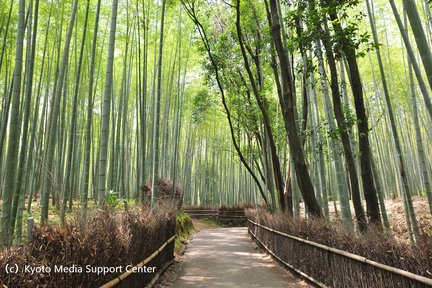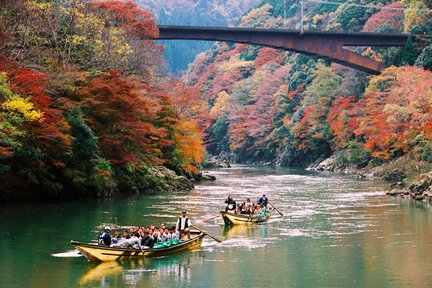Jōjakkō-ji Temple

The best of Jōjakkō-ji Temple
Esperienze nella lista dei desideri
Rendilo una fuga
Tutto ciò che è buono e gustoso
Scopri di più
Why people love Jōjakkō-ji Temple
Luoghi vicini dove andare
FAQs about Jōjakkō-ji Temple
Qual è il periodo migliore per visitare il Tempio Jojakkoji a Kyoto?
Come posso raggiungere il Tempio Jojakkoji dalla stazione JR Saga-Arashiyama?
Quali sono i costi di ingresso e gli orari di apertura del Tempio Jojakkoji?
Qual è la stagione migliore per visitare il Tempio Jojakkoji?
Quali sono le opzioni di trasporto per raggiungere il Tempio Jojakkoji?
Quanto tempo dovrei dedicare alla visita del Tempio Jojakkoji?
Ci sono considerazioni relative al COVID-19 di cui dovrei essere a conoscenza quando visito il Tempio Jojakkoji?
What to know before visiting Jōjakkō-ji Temple
Attrazioni selezionate
Niomon Gate
The Niomon Gate, dating back to the late Edo period, is a historic structure that welcomes visitors to Jojakkoji Temple. It holds the statue of Niou, possibly a masterpiece by Unkei, and serves as a gateway to the temple's tranquil grounds.
Main Hall
The Main Hall of Jojakkoji Temple is a place of worship and reflection, offering a glimpse into the temple's rich history and traditional atmosphere. The hall provides a serene setting for visitors to appreciate the spiritual essence of the temple.
Pagoda
Dating back to 1620, the pagoda at Jojakkoji Temple stands as a symbol of cultural heritage and architectural beauty. Set against the backdrop of Sagano's stunning scenery, the pagoda adds to the charm of the temple complex.
Cultural and Historical Significance
Founded in the 16th century by the priest Nisshin, a disciple of the renowned tea master Sen no Rikyu, Jojakkoji Temple holds a significant place in the history of Buddhism. Belonging to the Nichiren sect, the temple has witnessed numerous reconstructions while preserving its traditional ambiance.
Local Cuisine
While exploring Jojakkoji Temple, don't miss the opportunity to savor the local culinary delights of Kyoto. Indulge in popular dishes like kaiseki ryori, yudofu, and matcha sweets, experiencing the unique flavors that define Kyoto's gastronomic scene.



![[Kyoto & Nara Day Tour] Arashiyama Train & Nara Park & Fushimi Inari Shrine Thousand Torii Gates & Togetsukyo Bridge & Bamboo Forest Path & Kimono Forest (Depart from Osaka)](https://res.klook.com/image/upload/fl_lossy.progressive,w_432,h_288,c_fill,q_85/activities/rfalnmvkfqjhipfppax2.jpg)